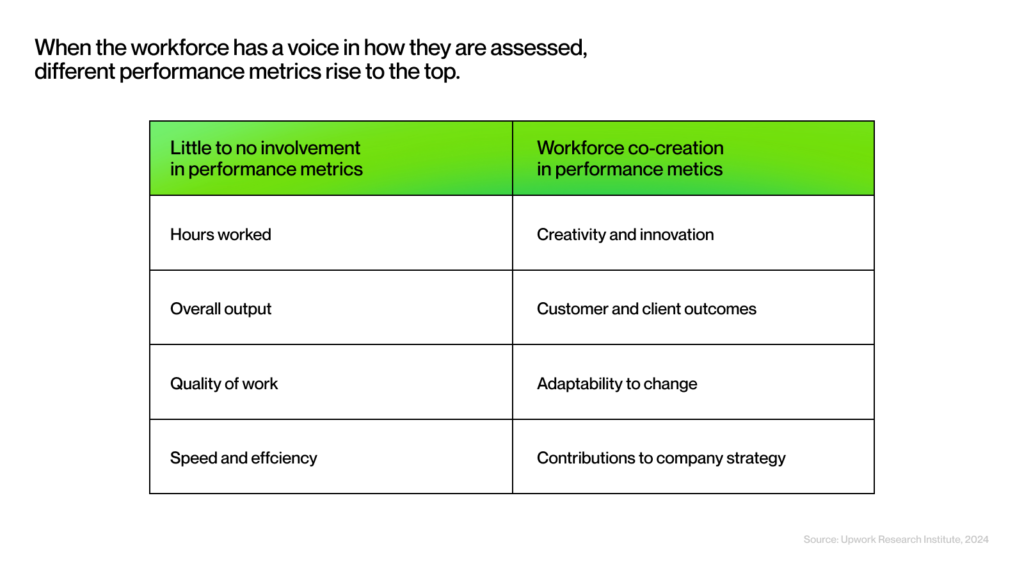Why 77% of employees’ productivity is down due to AI and what can you do about it?
Quick insights:
- AI is causing unexpected productivity challenges for employees
- Gap between executives and employees widens when AI is introduced
- Successful AI implementation lies in active engagement of the workforce
The AI productivity paradox
AI entered today’s workforce promising great productivity gains and efficiency. However, there’s a major roadblock on the way to success – the disconnect between leadership expectations and employee experiences. While 96% of C-suite leaders expect AI to boost overall productivity (Upwork Research Institute), a staggering 77% of employees report decreased productivity and increased workload due to AI implementation. This paradox raises important questions about the true impact of AI on workplace productivity and employee well-being.

The human cost of AI integration
Business leaders don’t hide their enthusiasm for AI-driven productivity gains. This push for AI adoption is motivated by its transformative potential to enhance operations and generate more revenue at a lower cost. However, the reality paints a different picture. Many workers are unsure how to met said expectations, which shows a gap between AI’s potential and its current implementation.
The pace of AI integration of is taking a toll on employee well-being. On top of that of increased productivity demands, employees manage additional tasks. For example, they are spending considerable time reviewing AI-generated content or learning how to use new tools. These, in turn, contribute to a sense of increased workload and complexity in daily tasks.
An alarming 71% of full-time employees are experiencing burnout (Upwork Research Institute). There’s also growing concern about the potential loss of learning opportunities. Over-reliance on AI may reduce opportunities for natural skill development and expertise accumulation. This could have long-term implications for employee growth and career development.
On a more personal note, research published in the Harvard Business Review, suggests that increased AI use at work correlates with mental health issues. Their study of 166 engineers found that those working more with AI reported greater loneliness and more frequent insomnia (Harvard Business Review). These findings underscore the importance of considering the full impact of AI on employees.
Solutions for successful AI integration
To address all these challenges, organizations should consider a more human-centered approach. This means focusing on augmenting human capabilities rather than replacing them. Workflows should be redesigned to balance AI and human strengths, considering both short-term productivity gains and long-term employee well-being.
Prioritizing employee well-being and social connection is essential. Businesses should actively provide mental health support and regular check-ins to counterbalance increased AI use. Another key area is investment in proper training and skill development. AI know-how should be maintained across all levels, without disregard of uniquely human skills like creativity and critical thinking. LinkedIn Learning courses on AI have spiked 160% among non-technical professionals in witin six months, indicating a need and eagerness to learn AI-related skills (Microsoft).
So what’s the solution to the productivity paradox? Cliche as it may be, it’s collaboration. Co-creating productivity with employees leads to better results. It means moving beyond vanity metrics, like speed and efficiency, and focusing on strategic contributions. Such an approach can help align AI implementation with both organizational goals and employee needs.

Conclusion: Putting people first in AI adoption
While the potential benefits of AI are significant, realizing these benefits requires a thoughtful and balanced approach. It’s clear that success lies not just in the technology itself, but in how we integrate it with human skills and needs. By prioritizing a human-centered approach to AI adoption, businesses can uncover the true potential of this technology while keeping a productive and engaged workforce.



